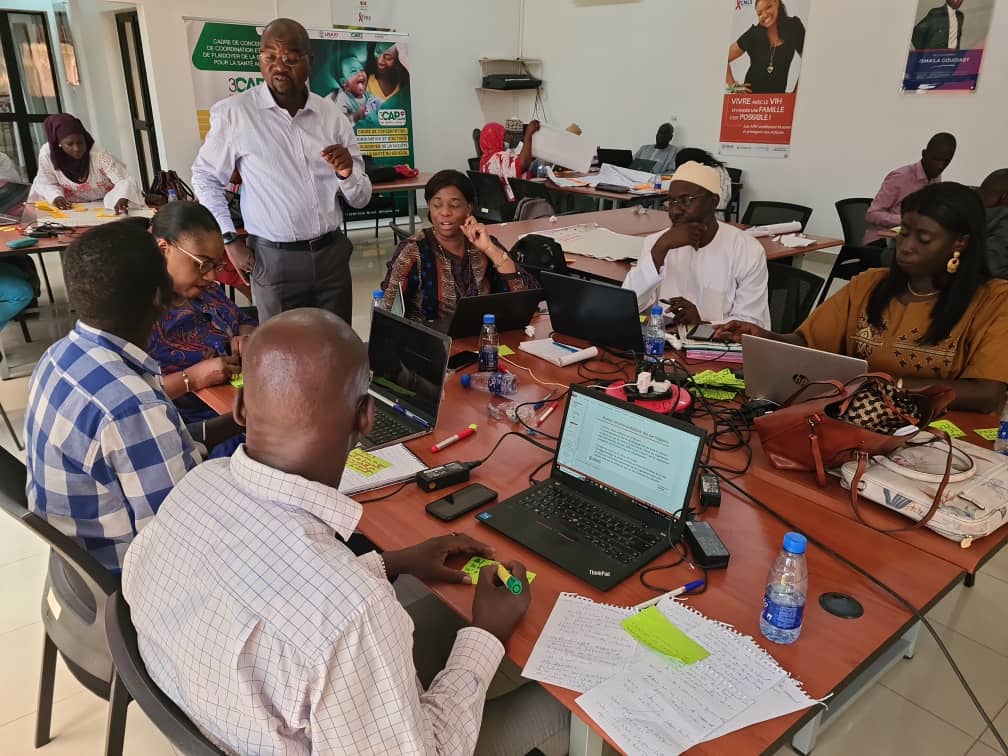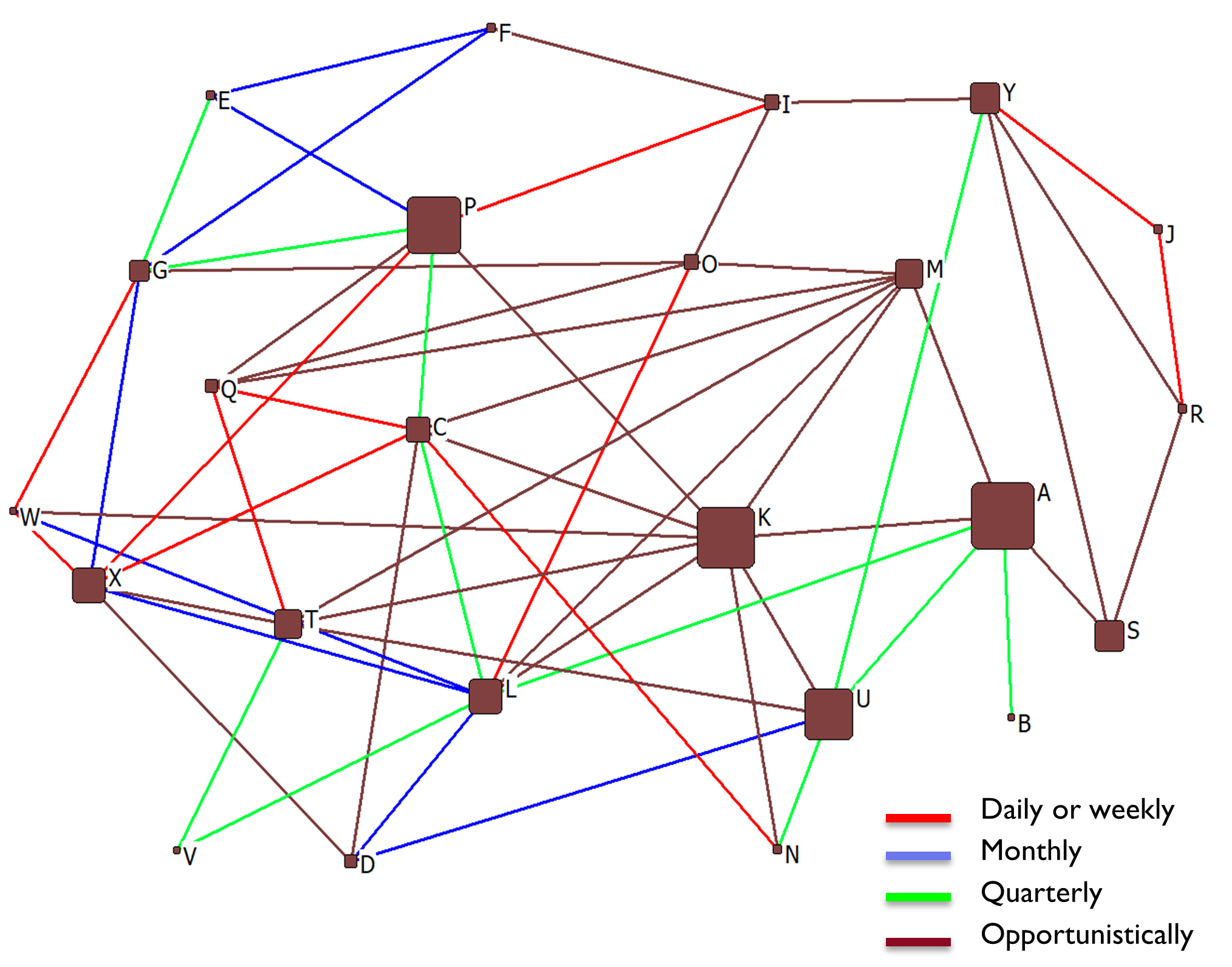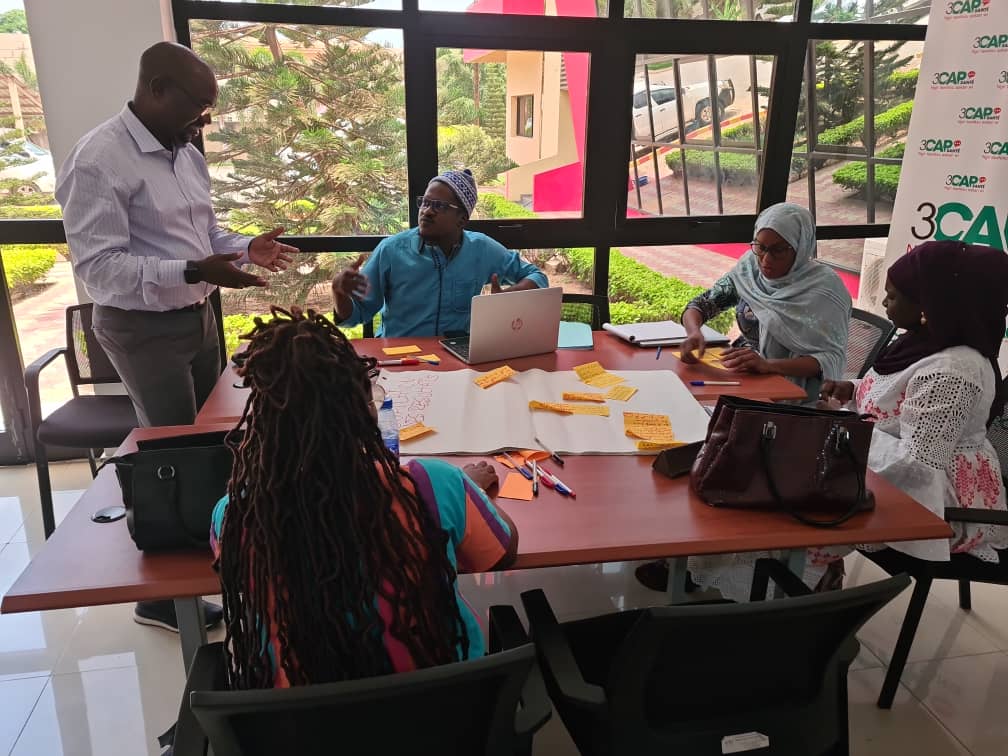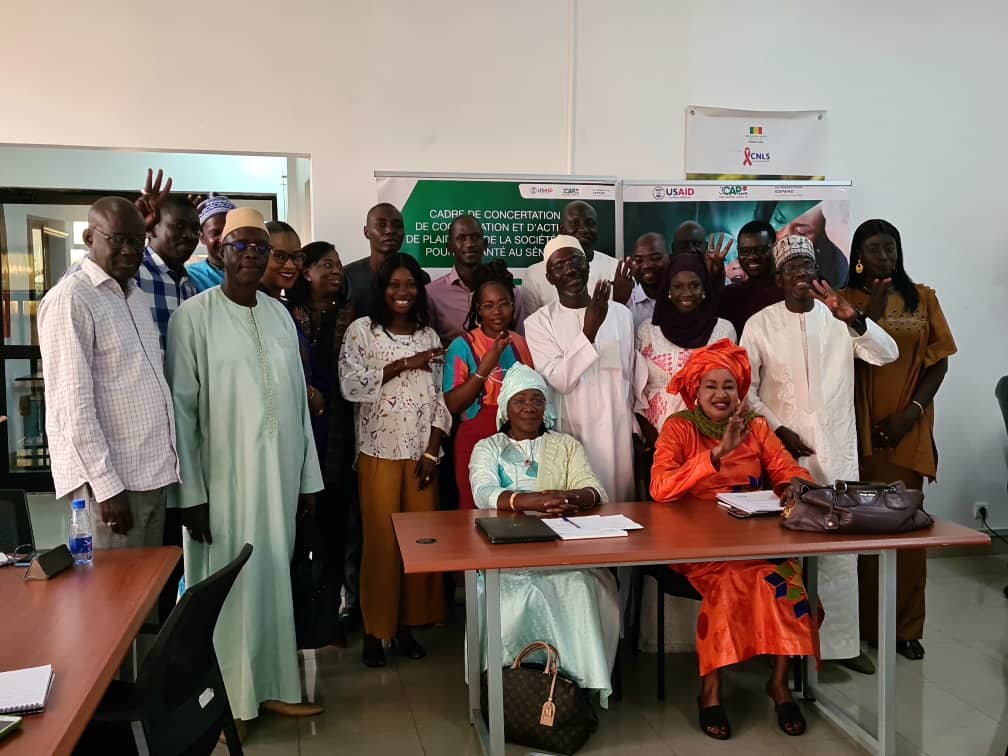Success Story
Using Organizational Network Analysis to Improve Communications and Collaborations
September 25, 2023
3CAP-Sante is a newly established health advocacy network in Senegal open to all civil society organizations working in the health sector in the country. Current members include non-government organizations, civil society organizations, and associations. 3CAP-Sante’s success in improving member achievements in health advocacy will rely on how effectively its members collaborate through exchanging information, sharing resources, and leveraging each other’s capacities. For these reasons, NPI EXPAND felt that 3CAP-Sante could benefit from the Organizational Network Analysis (ONA) as a measurement of their relational strength, which is so critical to the success of advocacy organizations.
Organizational Network Analysis (ONA) is a robust methodology for understanding the flow of information between a network of organizations. It is based on the idea that organizations do not function in isolation, but receive information from, and pass information to, other organizations, and that these relationships can be used to improve an organization’s success. The ONA focuses not only on network members, but also on the linkages between them. Understanding these linkages can help improve communication. This ONA was designed to assess communications and collaborations within the 3CAP-Sante network, so as to leverage relationships between key actors in the network to build an effective communication strategy for the network.

Data for the ONA were collected via an online survey. All 25 3CAP-Sante member organizations were invited to participate in the ONA, and 22 responded. The person most knowledgeable about the organization’s communications and collaborations with other network members responded to the survey. Respondents provided background information about their organizations, then completed the ONA module, in which they named other 3CAP-Sante network members with which their organization communicates and collaborates, including frequency of communications.
The following figure is a graphic depiction of the 3CAP-Sante network. It is one of several figures generated by the specialized software used to describe communications and collaborations within the network (UCINET with NetDraw). This figure shows the frequency of communications by betweenness centrality as calculated by the software. Each square (node) represents a network member, and each members can be identified by a capital letter. Betweenness centrality is a measure of the influence of the organization within the network. The larger the node, the more influential the organization is within the network. The lines connecting the nodes represent direct communication between the network members, and the colors of the lines show frequency of communications.
The 3CAP-Sante network: frequency of communications by betweenness centrality

The figure shows that:
- Some organizations are very influential (i.e., organizations A, K, P), others not at all influential (e.g, E, W)
- Some organizations communicate with relatively many other network members (e.g., organization K communicates with nine members); other organizations fewer (organization H is not communicating with any other network members)
- No organization communicates with more than nine network members, suggesting that the network is not very strong. This is confirmed by other network measures calculated by the software, and suggests that there is not much communication and collaboration
- While some pairs of members communicate daily, weekly, or monthly (red or blue connecting lines, e.g., organizations N and C), the majority connects less frequently, quarterly (green line) or opportunistically as the need arises (brown line, e.g., organizations K and U)
 The complete set of findings was shared with network members during a July 2023 network meeting. Meeting participants then discussed how the findings can be used to improve network communications and collaborations. Specifically, they considered what influential members can do to improve network communications overall, and what should be done to improve communications and collaborations of less influential members. They recommended that NPI EXPAND:
The complete set of findings was shared with network members during a July 2023 network meeting. Meeting participants then discussed how the findings can be used to improve network communications and collaborations. Specifically, they considered what influential members can do to improve network communications overall, and what should be done to improve communications and collaborations of less influential members. They recommended that NPI EXPAND:
- Schedule routine meetings for network members in person or online. Agenda for the meetings should be developed collaboratively with network members, and can include, for example:
- Organizations sharing current work so that other members doing similar work can start collaborating
- More influential members can share success stories in communication and collaboration
- Network members can plan for joint advocacy days with community organizations
- Encourage more influential members to become champions for communication and collaboration, and to mentor less influential members
- Establish other means of information sharing, such as publishing a member newsletter to which members can contribute
- Establish a forum for routine communication between network members, such as a WhatsApp group
- Develop capacity strengthening activities for less influential organizations, based on the processes used by more influential network members.
During the presentation of the ONA results, members of the 3CAP-Sante management team found the study approach quite useful and they are considering doing another ONA study later to see how much improvement has taken place in their relational strength.
